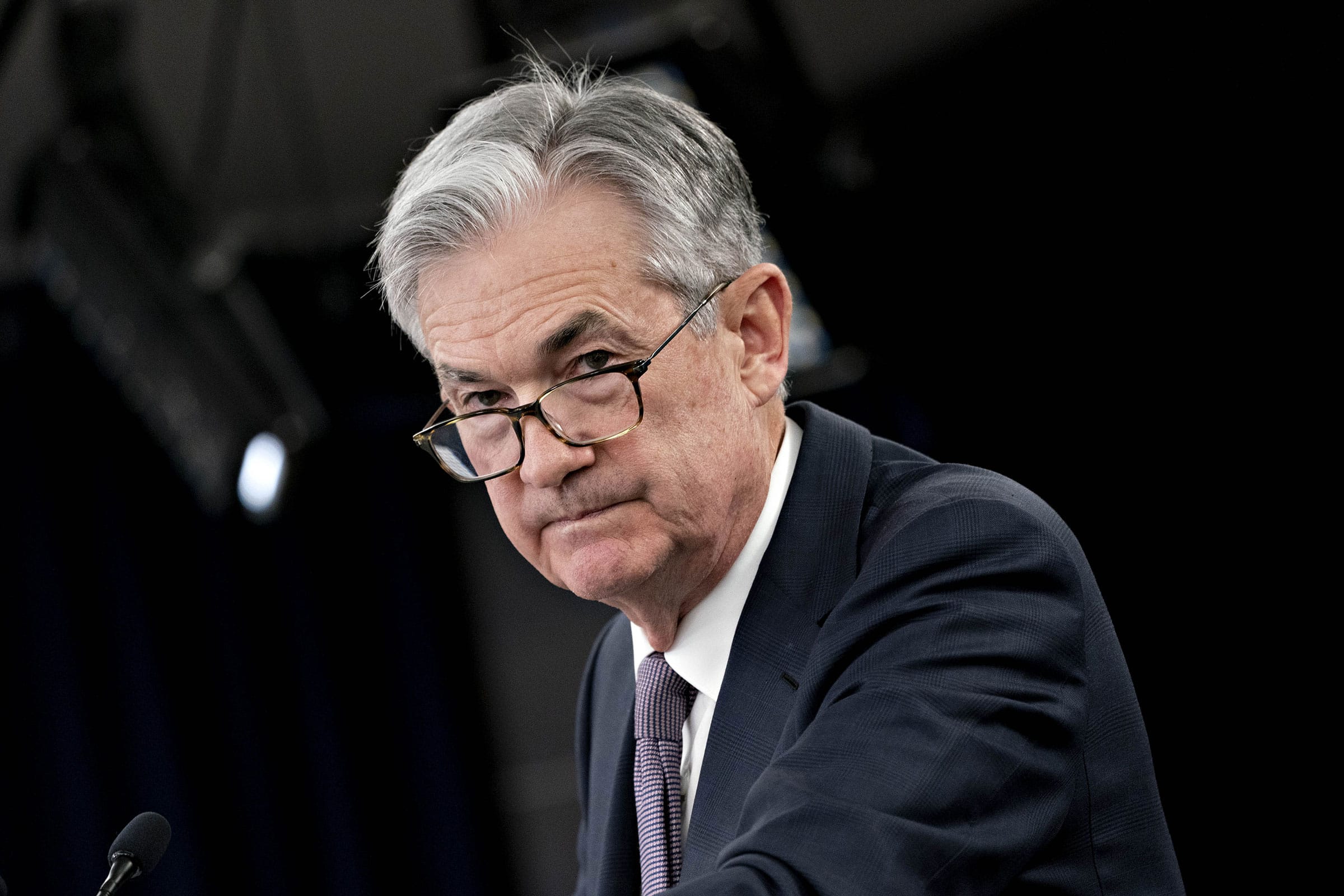In the year 2024, the stock market demonstrated remarkable resilience, marked by a notable surge in stock prices across various indices. This upward trend occurred in stark contrast to the prevailing anxiety among many Americans regarding the overall health of the economy. Numerous factors contributed to this phenomenon, revealing a complex interplay between market dynamics and public sentiment.
Throughout the year, significant gains were observed in major stock indices, including the S&P 500, Dow Jones Industrial Average, and NASDAQ. Analysts noted that these indices reached new highs, driven by a combination of strong corporate earnings reports and positive economic indicators. Many companies reported better-than-expected quarterly results, which bolstered investor confidence and attracted additional capital into the markets.
One of the key drivers behind the stock market’s performance was the resilience of the labor market. Despite concerns about inflation and rising interest rates, employment figures remained robust. Unemployment rates hovered around historically low levels, and job creation continued at a steady pace. This stability in employment provided a foundation for consumer spending, which is a crucial component of economic growth.
Moreover, the Federal Reserve’s monetary policy played a significant role in shaping market conditions. While the central bank remained vigilant about inflationary pressures, its approach to interest rates was measured. Gradual adjustments to rates allowed for continued economic expansion without stifling growth. This cautious stance provided a conducive environment for businesses to thrive, further encouraging investment in the stock market.
Investor sentiment also reflected a growing belief in the resilience of the economy. Despite the ongoing concerns about inflation and potential recession, many market participants adopted a more optimistic outlook. This shift in sentiment was fueled by the perception that the economy was adapting to challenges, and that businesses were finding innovative ways to navigate uncertainties. As a result, investors were more willing to allocate funds to equities, driving prices higher.
In addition to strong corporate earnings and a resilient labor market, technological advancements contributed to the stock market’s upward trajectory. Companies in the technology sector continued to innovate and expand, leading to substantial growth in their stock prices. The ongoing digital transformation across industries created new opportunities for businesses, further enhancing investor interest in tech stocks.
However, it is essential to note that the optimism in the stock market coexisted with a sense of caution among the general public. Many Americans expressed concerns about rising costs of living, particularly in areas such as housing, healthcare, and education. Inflation remained a pressing issue, with prices for essential goods and services continuing to rise. This dichotomy between market performance and public sentiment highlighted the complexity of the economic landscape in 2024.
Despite the stock market’s surge, discussions surrounding economic inequality and access to resources persisted. While some segments of the population benefited from rising stock prices, others faced challenges in meeting their daily needs. The contrast between the booming stock market and the struggles of everyday Americans underscored the need for comprehensive economic policies that address disparities and promote inclusive growth.
As 2024 progressed, analysts continued to monitor key indicators that could impact the market’s trajectory. Factors such as geopolitical tensions, supply chain disruptions, and changes in consumer behavior remained on the radar of investors and policymakers alike. While the stock market exhibited strength, the broader economic environment remained dynamic and subject to change.
In conclusion, the stock market’s surge in 2024, despite widespread concerns about the economy, reflects a complex interplay of factors that influenced investor behavior. Strong corporate earnings, a resilient labor market, and technological advancements contributed to the upward momentum in stock prices. However, the ongoing challenges faced by many Americans highlighted the need for a balanced approach to economic policy that fosters growth while addressing inequality. As the year unfolds, the relationship between the stock market and the broader economy will continue to be a focal point for analysts and investors alike.



